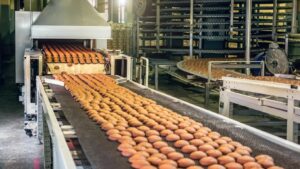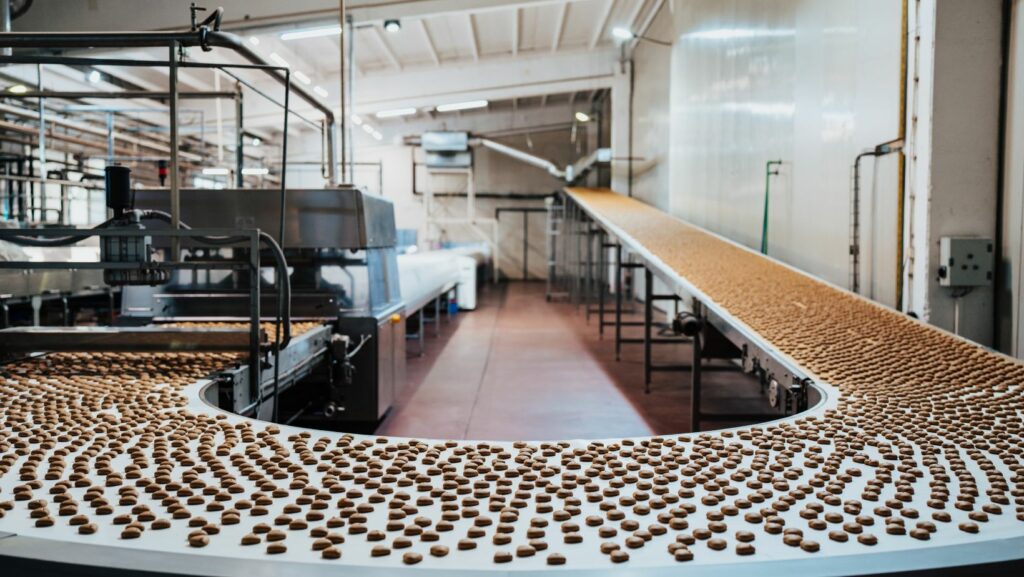 In today’s fast-paced world, mass production techniques play a pivotal role in shaping industries and economies. From the assembly lines of the early 20th century to the advanced automation of the digital age, these methods have revolutionized how goods are manufactured and distributed. They enable companies to meet the ever-growing consumer demands while maintaining cost efficiency and consistency in quality. Mass production isn’t just about churning out products at breakneck speed; it’s a sophisticated blend of technology, innovation, and strategic planning. By streamlining processes and optimizing resources, manufacturers can produce large quantities of goods without sacrificing quality. This approach not only boosts productivity but also contributes to lower production costs, making products more accessible to consumers worldwide. Understanding the evolution and impact of mass production techniques offers valuable insights into their significance in modern manufacturing. As industries continue to evolve, these techniques remain essential in meeting the challenges of a dynamic global market.
In today’s fast-paced world, mass production techniques play a pivotal role in shaping industries and economies. From the assembly lines of the early 20th century to the advanced automation of the digital age, these methods have revolutionized how goods are manufactured and distributed. They enable companies to meet the ever-growing consumer demands while maintaining cost efficiency and consistency in quality. Mass production isn’t just about churning out products at breakneck speed; it’s a sophisticated blend of technology, innovation, and strategic planning. By streamlining processes and optimizing resources, manufacturers can produce large quantities of goods without sacrificing quality. This approach not only boosts productivity but also contributes to lower production costs, making products more accessible to consumers worldwide. Understanding the evolution and impact of mass production techniques offers valuable insights into their significance in modern manufacturing. As industries continue to evolve, these techniques remain essential in meeting the challenges of a dynamic global market.
Mass Production Techniques
 Mass production techniques involve methods that manufacturers use to produce large quantities of goods efficiently. In assembly lines, each worker or machine performs a single task repeatedly, significantly improving speed and efficiency. For example, automotive industries use assembly lines to produce vehicles quickly. Automation uses technology to control production processes, decreasing the reliance on human labor. Robotics and computer-controlled systems enhance precision and consistency, vital in electronics manufacturing.
Mass production techniques involve methods that manufacturers use to produce large quantities of goods efficiently. In assembly lines, each worker or machine performs a single task repeatedly, significantly improving speed and efficiency. For example, automotive industries use assembly lines to produce vehicles quickly. Automation uses technology to control production processes, decreasing the reliance on human labor. Robotics and computer-controlled systems enhance precision and consistency, vital in electronics manufacturing.
Just-in-Time (JIT) manufacturing requires producing only what’s needed, reducing inventory costs. This approach optimizes resource use, seen in industries like fashion, where trends change rapidly.
Lean manufacturing focuses on minimizing waste while maximizing productivity. By streamlining operations and using efficient resource management, companies like Toyota ensure quality with minimal effort.
Computer-Aided Design (CAD) allows detailed planning and virtual testing of products before production. Industries such as aerospace rely on CAD to innovate and fine-tune designs efficiently.
These techniques collectively enable companies to meet consumer demands more effectively in a competitive market.
Key Historical Developments
Mass production techniques have evolved significantly over time, rooted in pivotal advancements that shaped industrial practices.
The Industrial Revolution
The Industrial Revolution marked the beginning of mass production with the introduction of mechanized manufacturing. Steam engines powered factories, increasing output far beyond manual labor’s capabilities. Innovations in textile production, such as the spinning jenny and power loom, exemplified efficiency gains. The standardization of parts, first used in firearm production, laid the groundwork for future manufacturing processes.
The Assembly Line
 The assembly line revolutionized mass production in the early 20th century. Developed by Henry Ford for the automobile industry, it allowed each worker to perform a specific task repeatedly, significantly speeding up production. This method slashed the Model T’s assembly time from over 12 hours to about 90 minutes, redefining cost and availability in consumer goods sectors.
The assembly line revolutionized mass production in the early 20th century. Developed by Henry Ford for the automobile industry, it allowed each worker to perform a specific task repeatedly, significantly speeding up production. This method slashed the Model T’s assembly time from over 12 hours to about 90 minutes, redefining cost and availability in consumer goods sectors.
Technological Advancements in the 20th Century
The 20th century saw remarkable technological advancements that further refined mass production. The World War periods spurred innovation in logistics and materials. Post-war, computerization and automation emerged, streamlining operations and reducing human intervention. Robotics, coupled with CAD systems, enabled precise and high-volume production, setting new benchmarks in efficiency and precision across industries.
Types Of Mass Production Techniques
Mass production techniques are essential for achieving high productivity and ensuring consistent quality. Different methods cater to specific industry needs and product demands.
Continuous Production
Continuous production focuses on maintaining an uninterrupted system for manufacturing goods. This method is widely adopted in industries like petrochemicals and steel, where processes such as refining and smelting require constant operation. The primary advantage lies in its efficiency, as continuous systems reduce downtime and maintain steady output levels. By optimizing equipment usage, companies can lower production costs substantially.
Batch Production
Batch production involves creating goods in specified quantities, also known as batches. Industries such as pharmaceuticals and textiles frequently employ this method, where products undergo each stage of production in groups. Batch production’s flexibility allows businesses to adjust production volumes based on market demand, ensuring minimal waste. If demand changes, producers can reallocate resources to different batches, making it adaptable to varying consumer needs.

